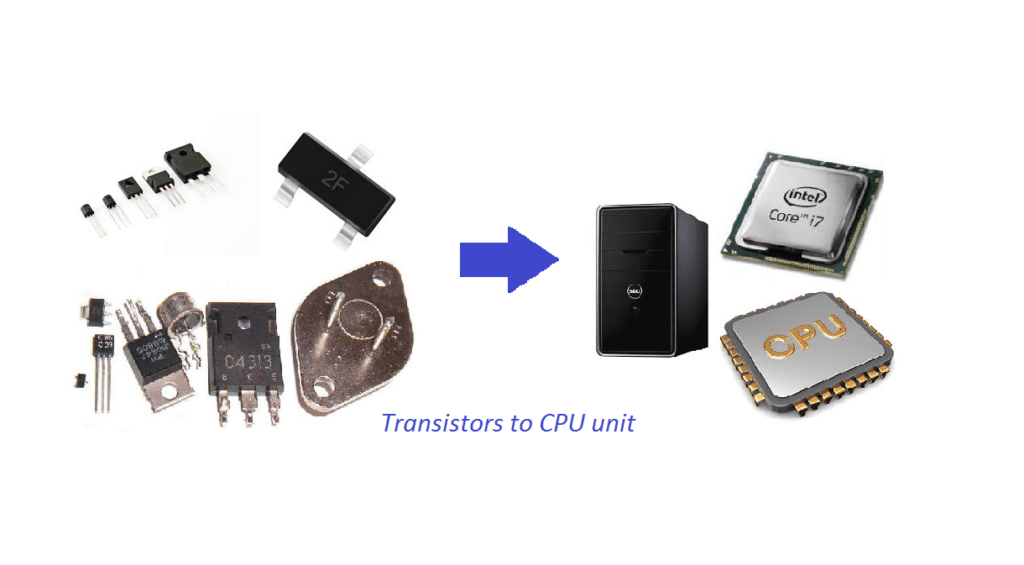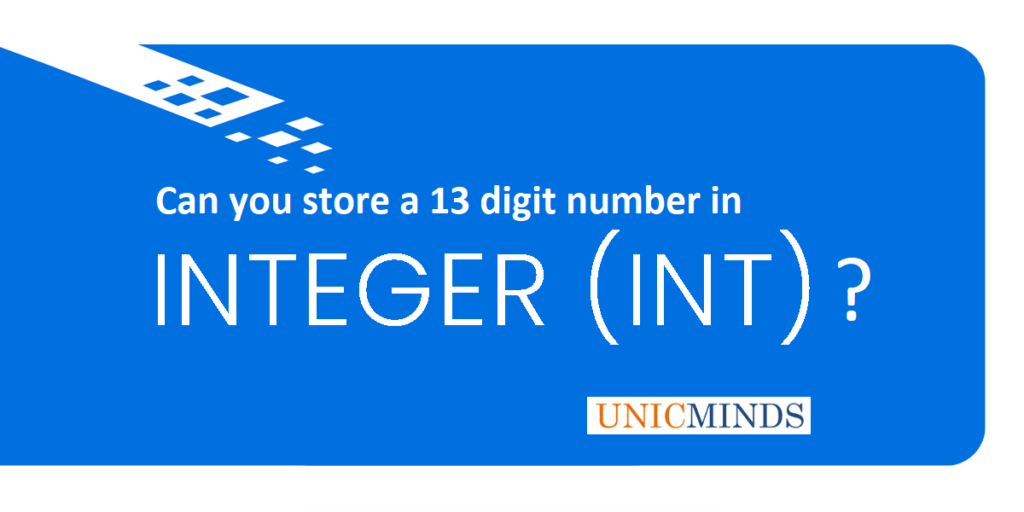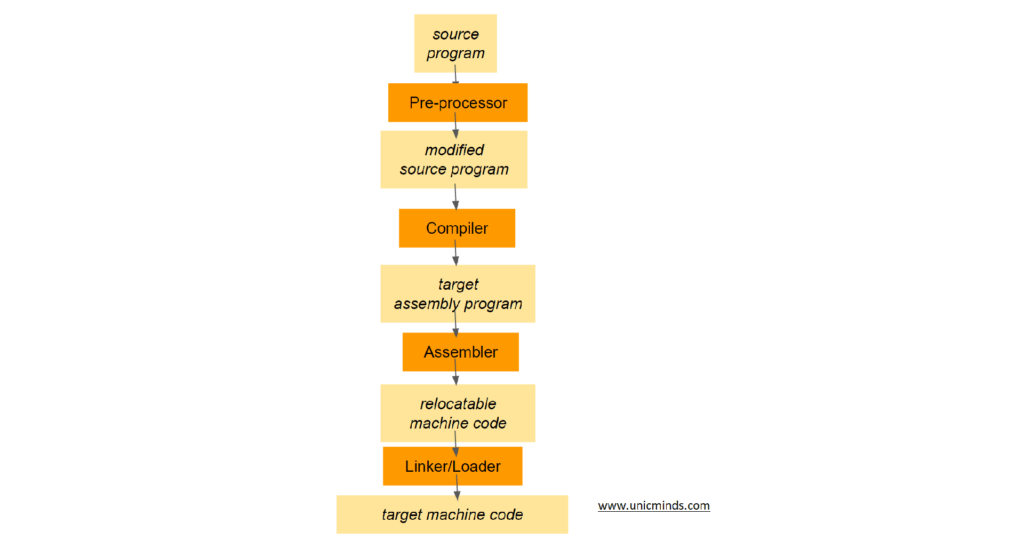Mathematics can be found everywhere and it is deeply ingrained into everything around us. But, it is not easy to know the beauty of this subject. It is very much like learning to code, the process could be sometimes daunting when not taught in the right way, but once you learn the art of coding well – you can take a step back and appreciate everything around you.
While computer-science and mathematics are deeply intertwined subjects, you’ll find a lot of good software programmers and software engineers that have successfully built applications without knowing much mathematics. That is where the puzzle of the question is: how much mathematics should computer science learners know and what are the applications of mathematics in various fields of computer-science.
A core area of computer-science is designing and analyzing algorithms to achieve a desired solution. When we look at the world, we look at objects and their behaviour. A car going at a certain speed from 0 to 20 secs, the volume of a shell, the revolutions on a ball, and the shape of a chair. Mathematics (discrete and continuous) is a way to describe, model and analyse these objects of the real world and their behaviours. Therefore, as you want to write software code to solve real world problems, it will be important to learn the mathematics necessary to represent the world in discrete and continuous mathematics.
Below are some of the most common applications of mathematics in computer-science and a must-read for anyone interested to further themselves in computer-science.
- Iterative approaches to algorithms and functional approaches to algorithms use principles from mathematical induction to verify the loops (for, while, etc.) and the function calls respectively.
- A good foundation in propositional logic is required to design approaches to algorithms and general problem solving.
- Algebra is used to to write numerical programs, describe the given problem in an equation and solve for unknowns, using linear equations and quadratic equations, ratios, proportions, divisions, and modulus to play with numbers and solve for the desired solutions in putting this mathematics into algorithms and then code.
- Calculus – differential calculus focuses on rates of change, such as slopes of tangent lines and velocities, integral calculus deals with total size or value, such as lengths, areas, and volumes. These are used to solve a range of problems where we need rate of change, areas, volumes, etc. In machine learning, we can apply integral calculus to come to a metric that assesses the performance of a classifier.
- Binary mathematics is an important area of mathematics applied in computer science and coding. One needs to have a good understanding of binary, decimal, and hexa-decimal numbering systems and it is important to understand the binary representation in pure numbers and in manipulating these binary numbers with various arithmetic operations. Eventually, everything in coding boils down to a binary representation to the computer.
- Graphs are powerful data structures which are used to model relationships and answer questions about said data: for example, your navigation app uses a graph search algorithm to find the fastest route from your house to your workplace. Linked-In uses a graph to model your professional network, as does your telecommunications company for its cellular network (in fact, network is an alternate name for a graph). Computer scientists use graphs extensively: to represent file systems, for version control, and in functional programming, deep learning, databases, and many more applications.
- Statistics is the field of studying data by modelling, patterns in data sets and making conclusions about the data set and relationships. From studying the mean, mode and variance to understanding the relationships using regression, statistics lies at the core of many applications in data-mining, data-warehousing, data compression, speech recognition, feature extraction, vision and image processing and machine learning.
- Discrete Mathematics is the heart of computer mathematics. It is the study of objects that can be represented using logic, numbers, graph theory, counting, recurrences, etc. It is about describing things using numbers, counting, and algebra. Continuous mathematics is about traditional geometry, limits, calculus, analysis of functions, volumes, and curves. Both these have fundamental applications in computer architecture, computer security, computer graphics, functional programming, machine learning and operating systems.
While learning programming is really important, learning the mathematics required to write those algorithms and code is the most essential part of solving problems. At UnicMinds, we offer two courses in Computer Mathematics to students. One intermediate course to offer the foundation of mathematics thinking for computer-science and an Advanced preparatory course for the IOI competition.
Children will love maths if they are taught in the right way (intuitively) and then coding is a way to apply that mathematical knowledge to solve problems in the real-world by describing the behaviours of those real-world objects using discrete and continuous mathematics.
Feel free to call us or message us at +91 9686961575 (India) to enquire about our courses for your kids.
Hope this is useful, thank you.




